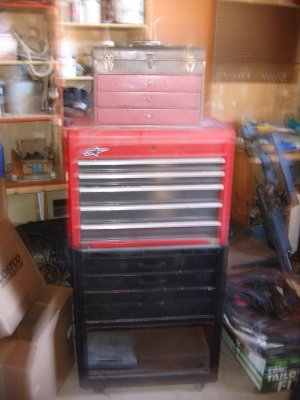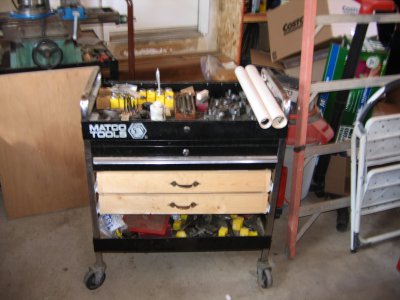- Joined
- Jul 29, 2014
- Messages
- 2,737
I have 6 boxes, 4 Kennedy, 1 pre-war wood from Hawaii, one Craftsman. What I like is enough drawers that every notable tool has its place, not piled in a lump. I’ve organized each box for a particular function...Setup/Layout, Workholding, Cutters, Inspection/Measurement, etc. I put labels on each drawer face reminding of the contents. Of course classy tools have their own storage boxes and have space on shelves in a cabinet.
I was surprised to realize that while it speeds up gathering tools to start a project, the biggest time saver is in cleanup.
This is the most organized facet of my life, sad to say.
I was surprised to realize that while it speeds up gathering tools to start a project, the biggest time saver is in cleanup.
This is the most organized facet of my life, sad to say.



